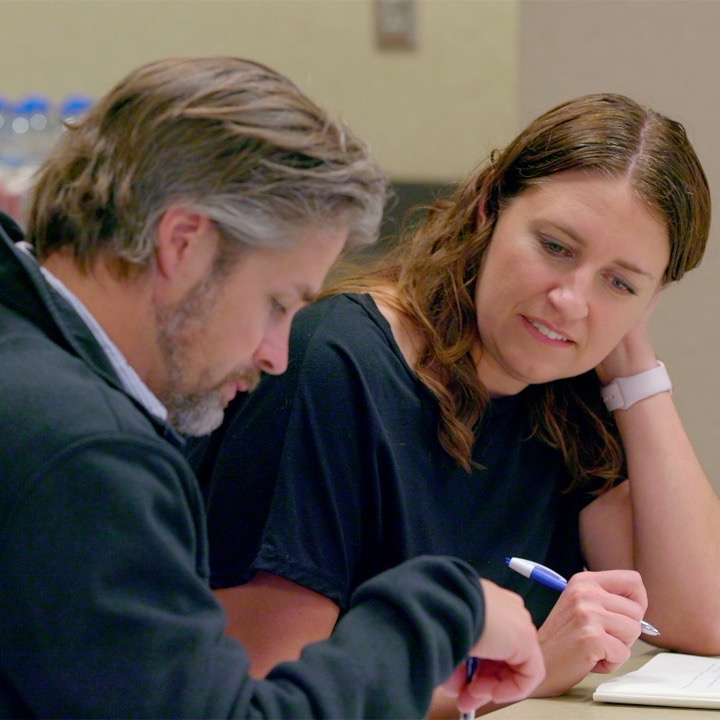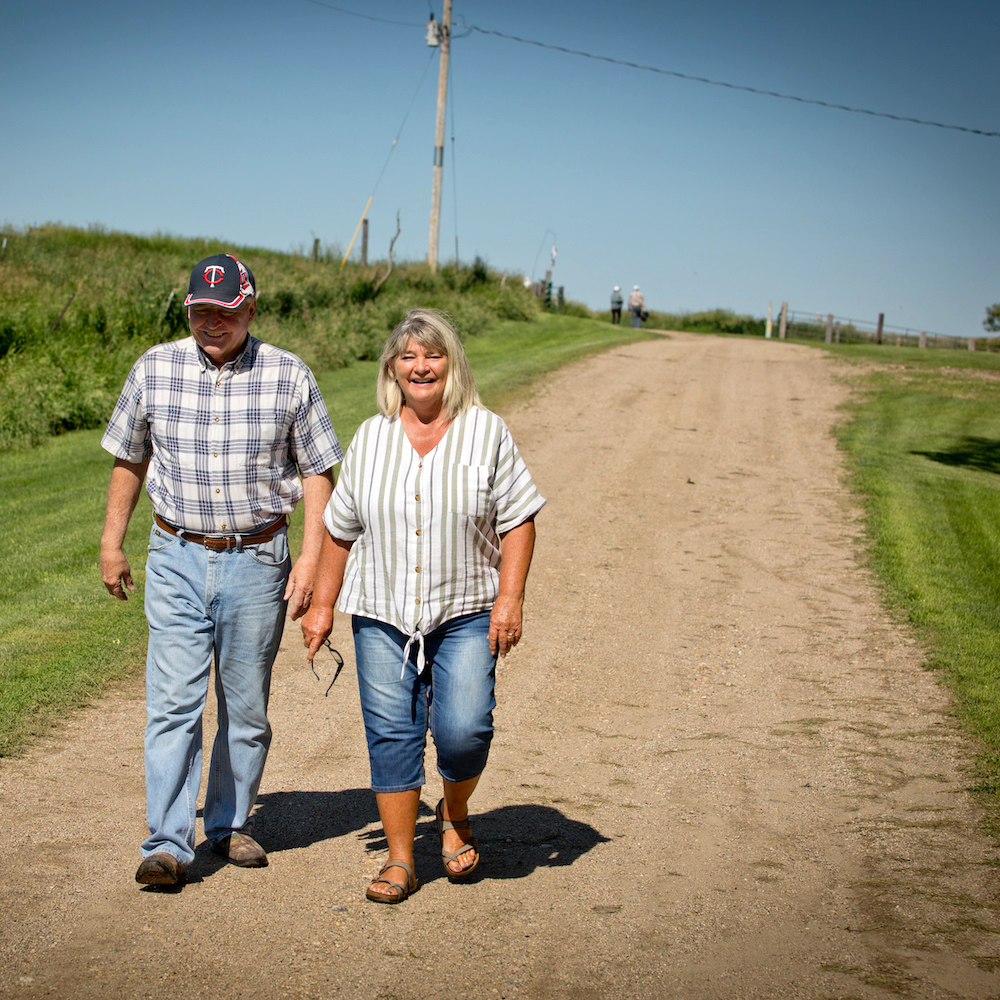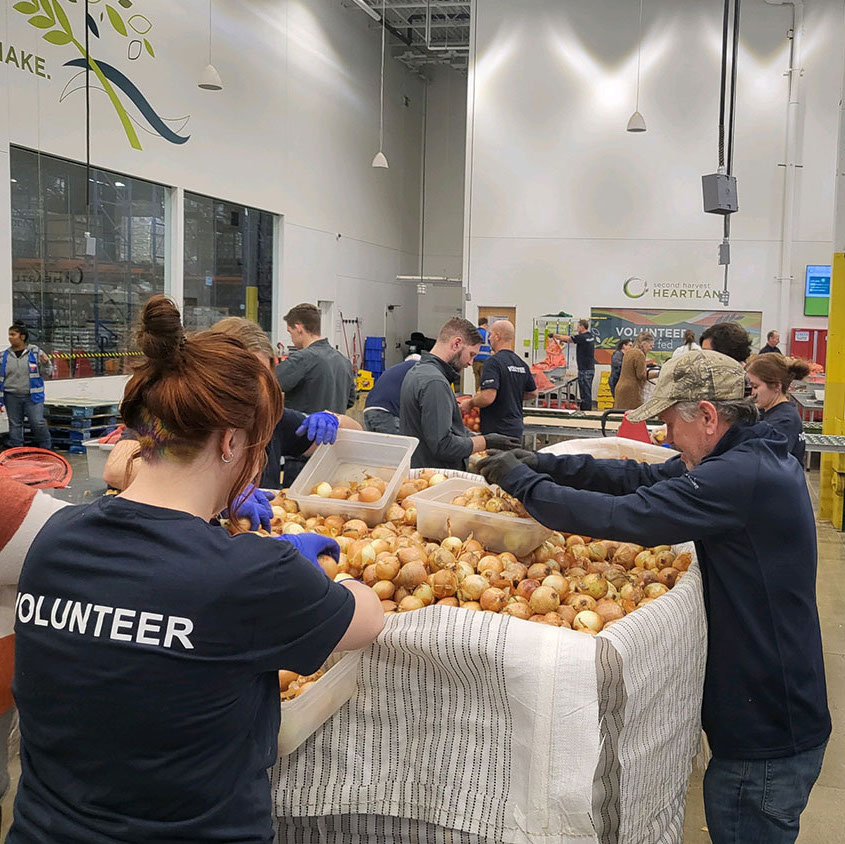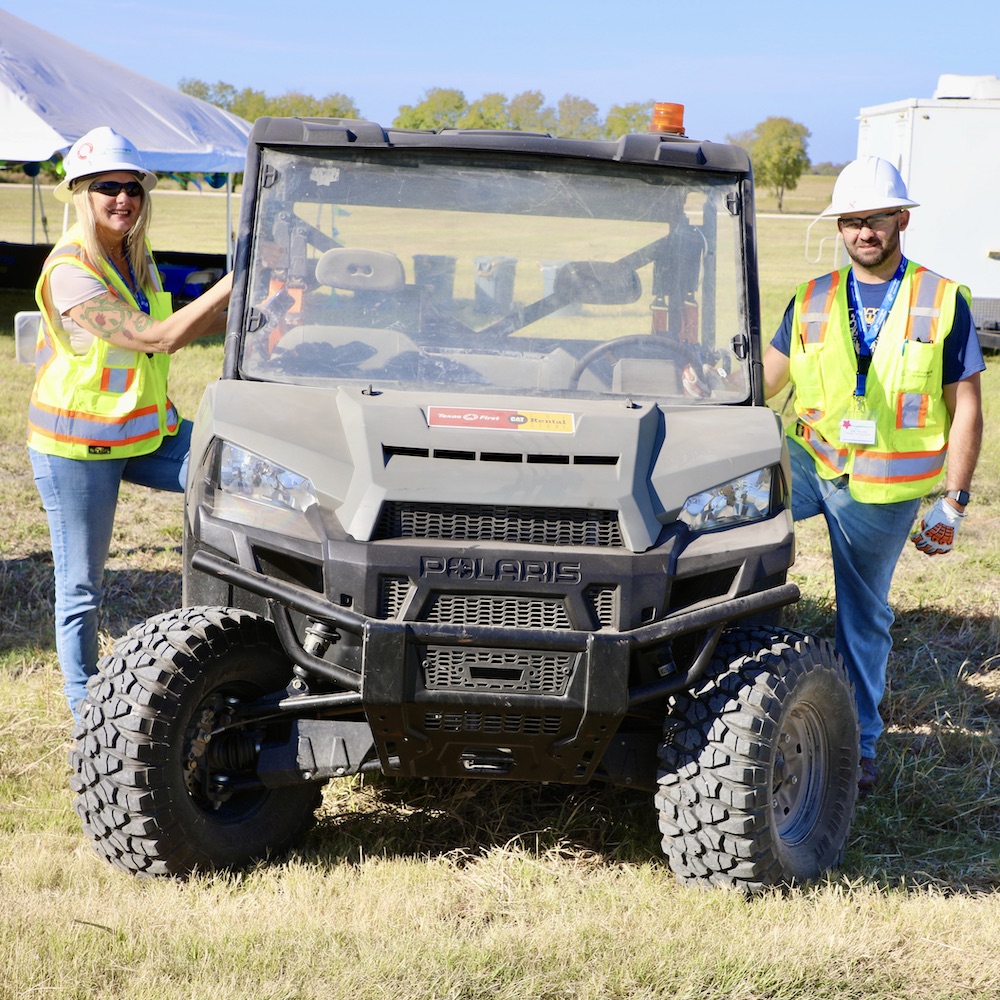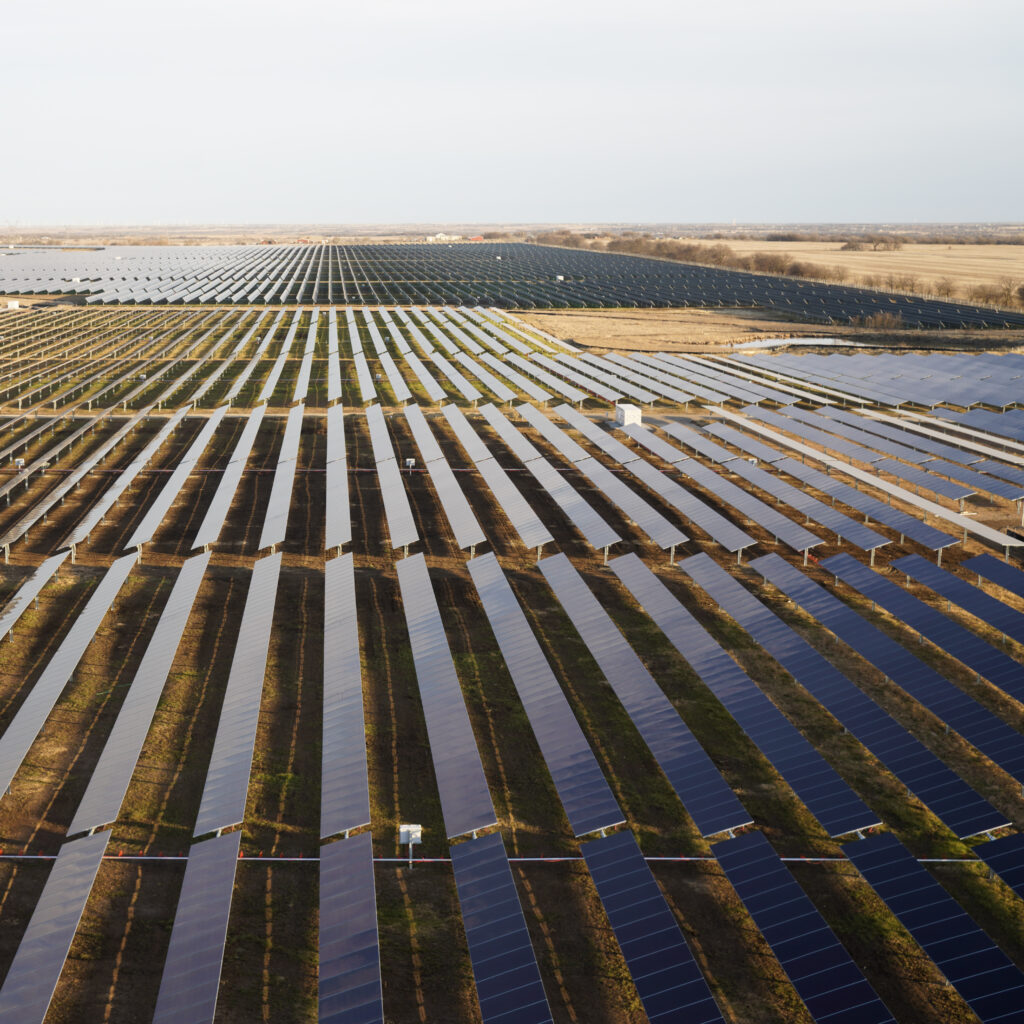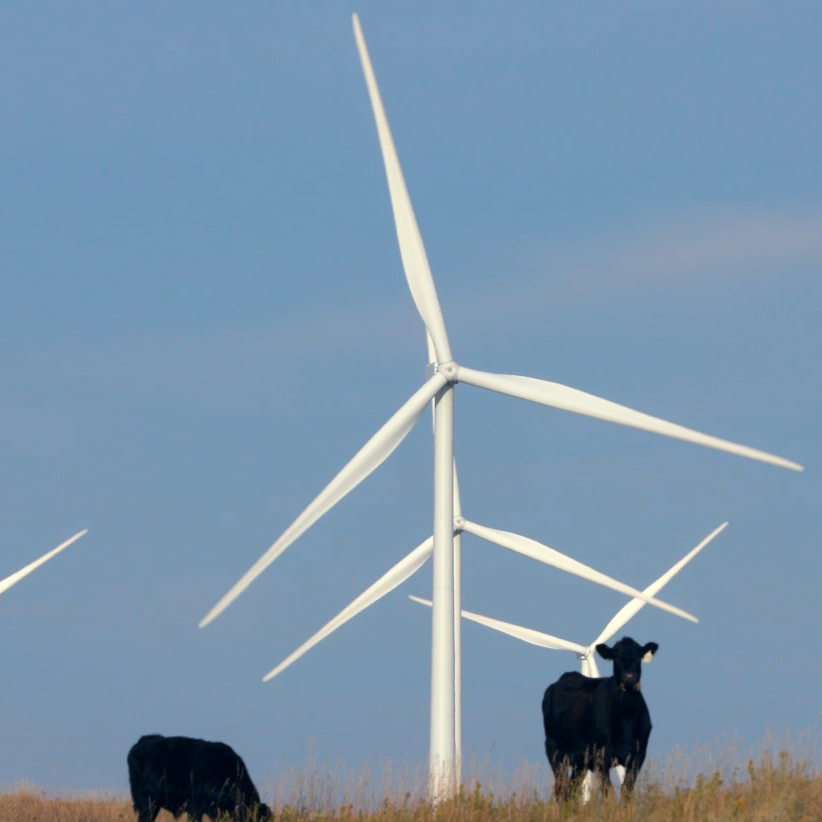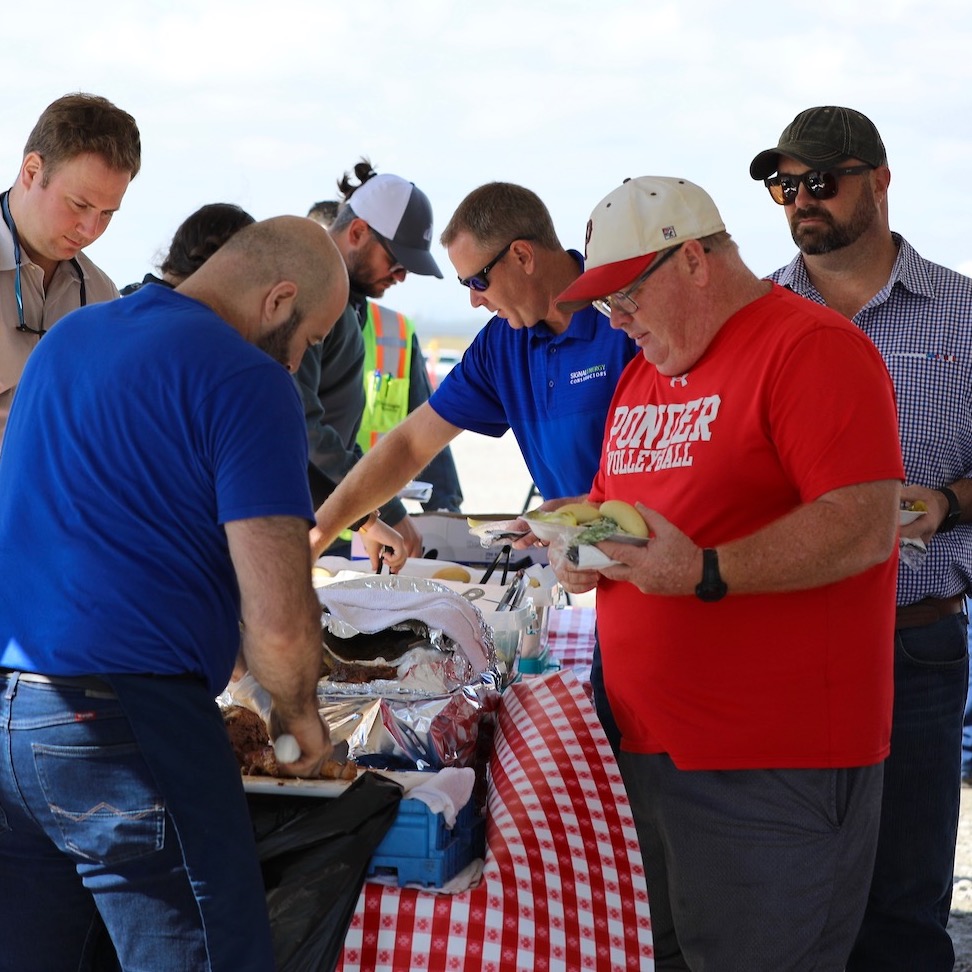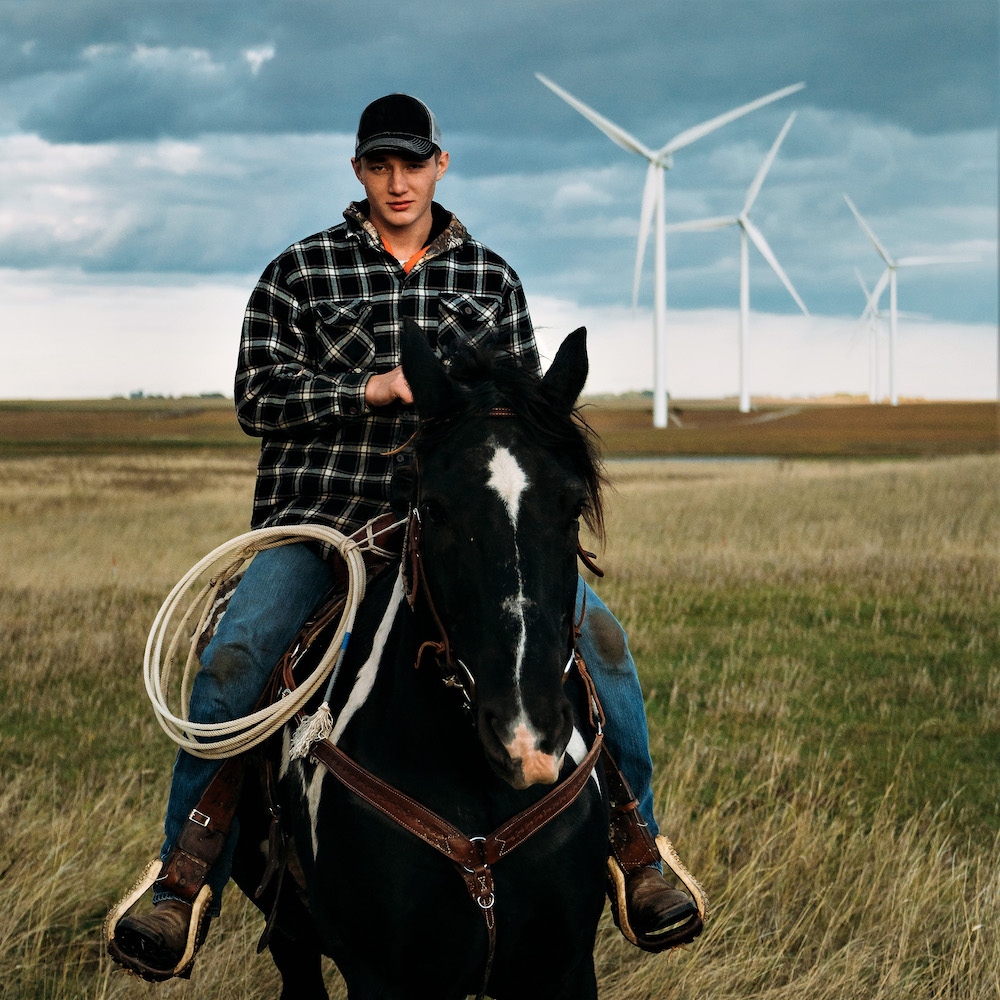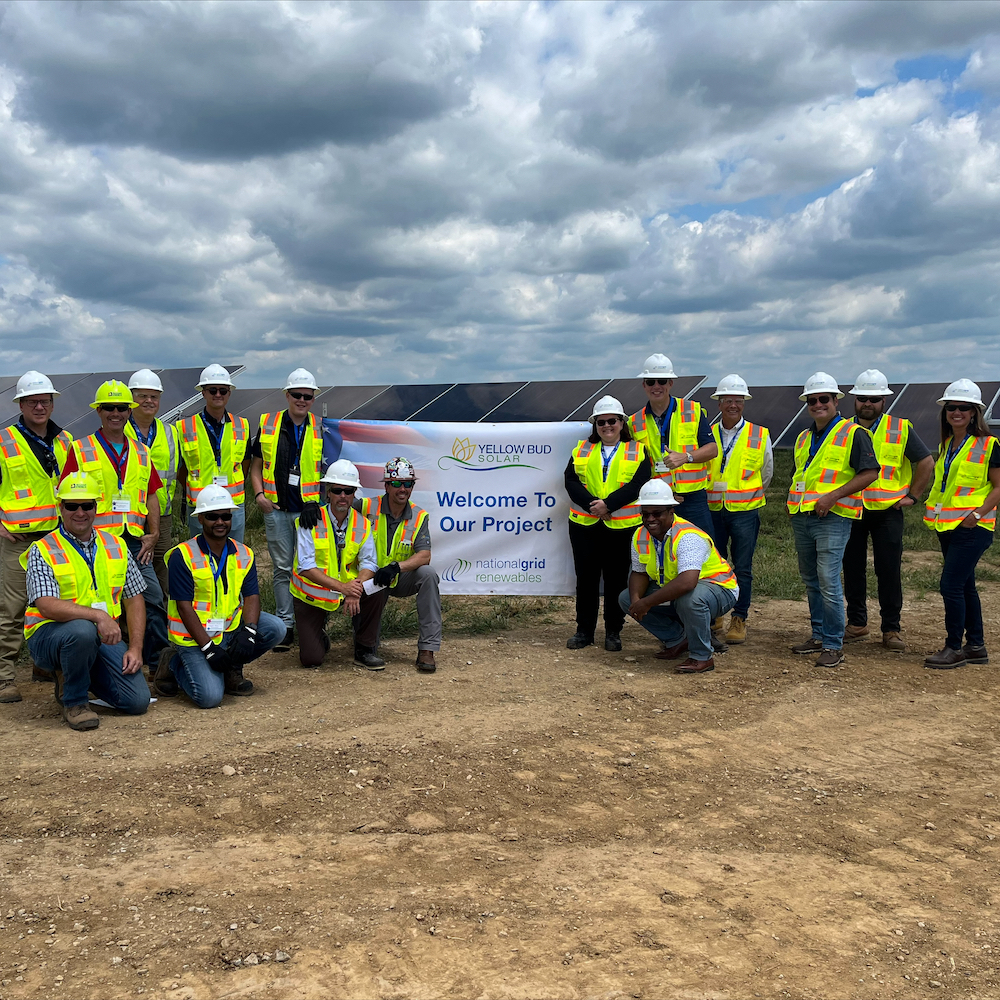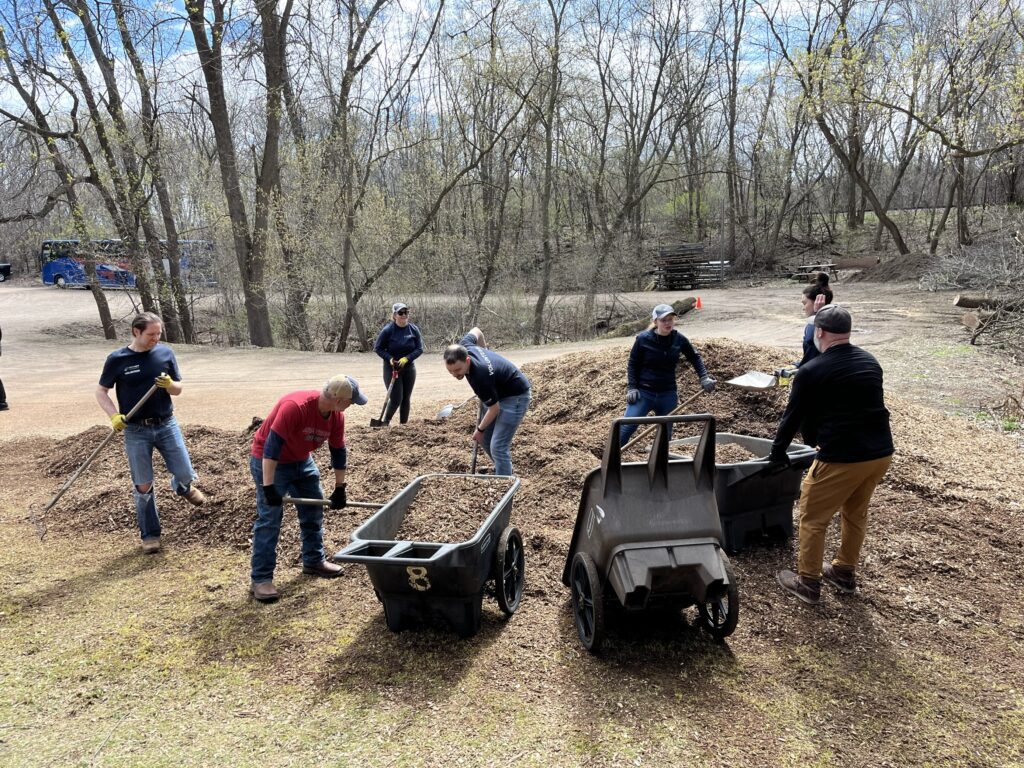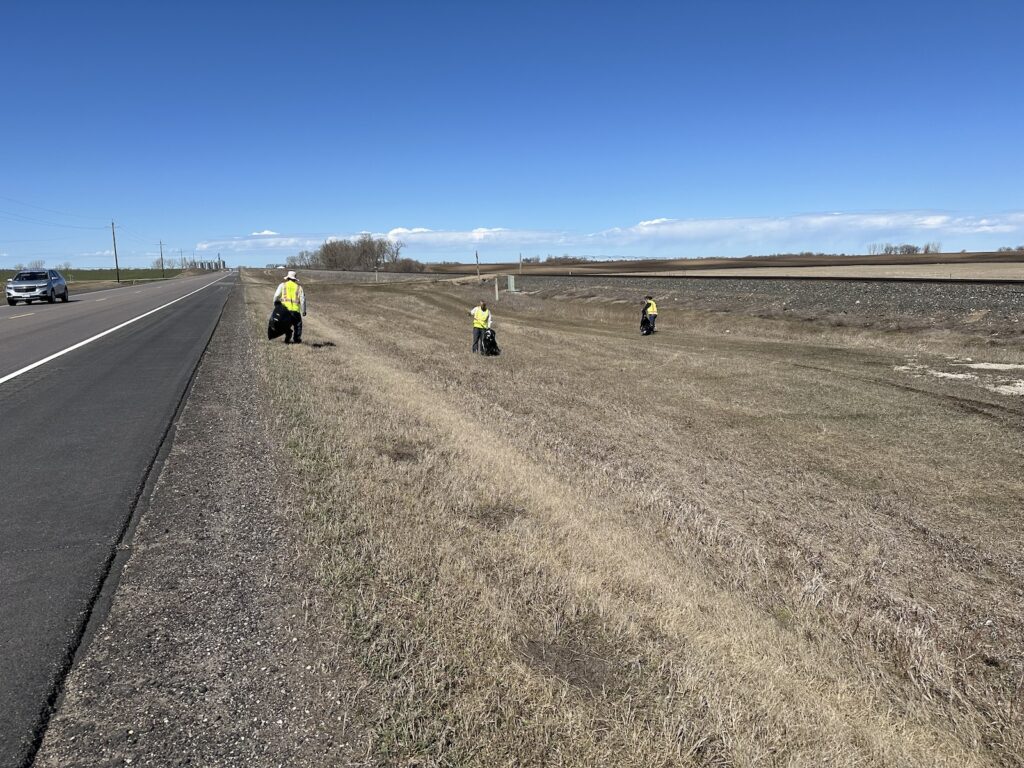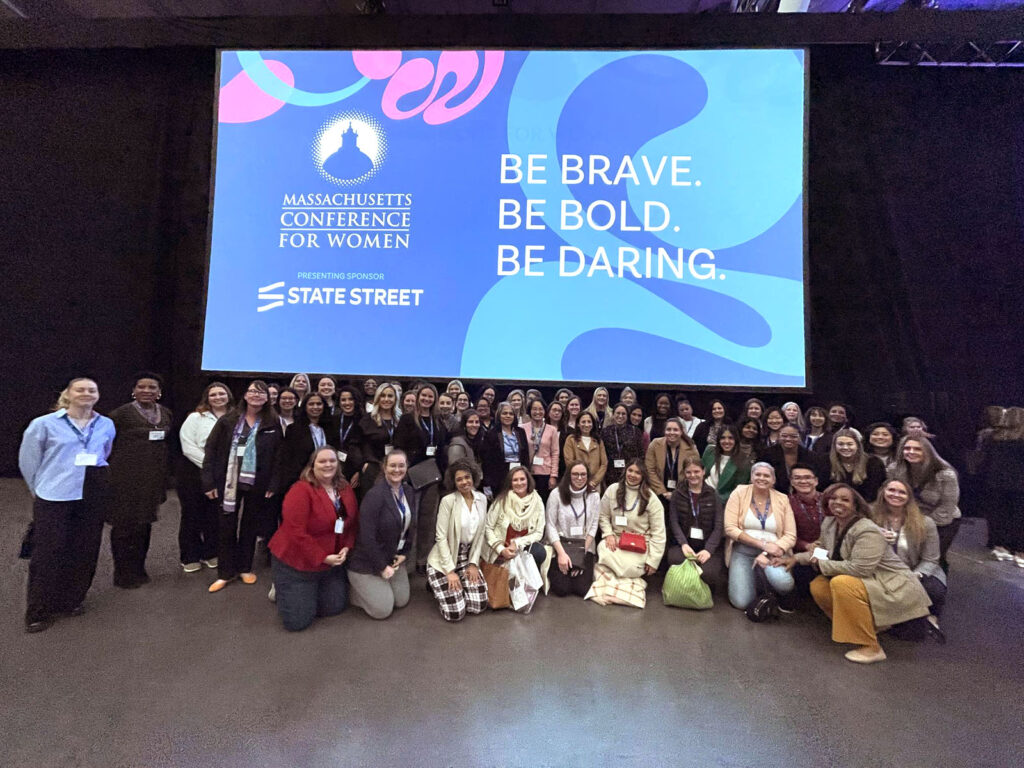About the Authors

Andrea Luck
Project Administrator
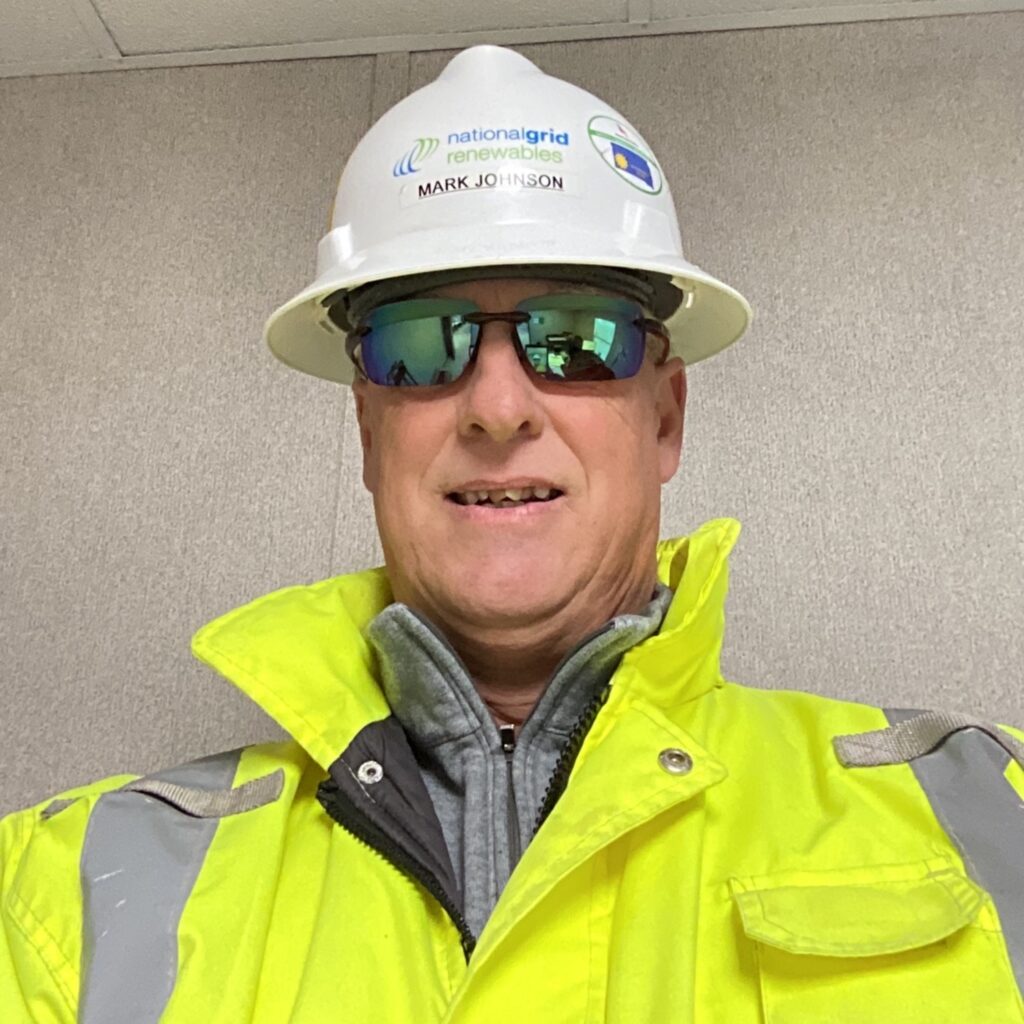
Mark Johnson
Construction Manager
Share This Article
One of the most exciting and rewarding things we get to do here at National Grid Renewables is helping to teach young people around America about the tremendous opportunities opening up to them in renewables, right there in their communities.
Kids are more interested than you might think, because jobs are a very big topic in rural areas that have taken some hard hits over the last 50 years. Yet the next 50 years put these rural communities at the center of the renewable energy transformation. Renewable energy already accounts for more than half of all jobs in the U.S. energy sector, and clean energy jobs are growing significantly faster than the rest of the job market. This growth isn’t concentrated in a few big cities; every state is seeing job growth in renewables. You don’t have to look out 50 years, either—research estimates renewables will create an extra 2.3 million net-new jobs by 2035.
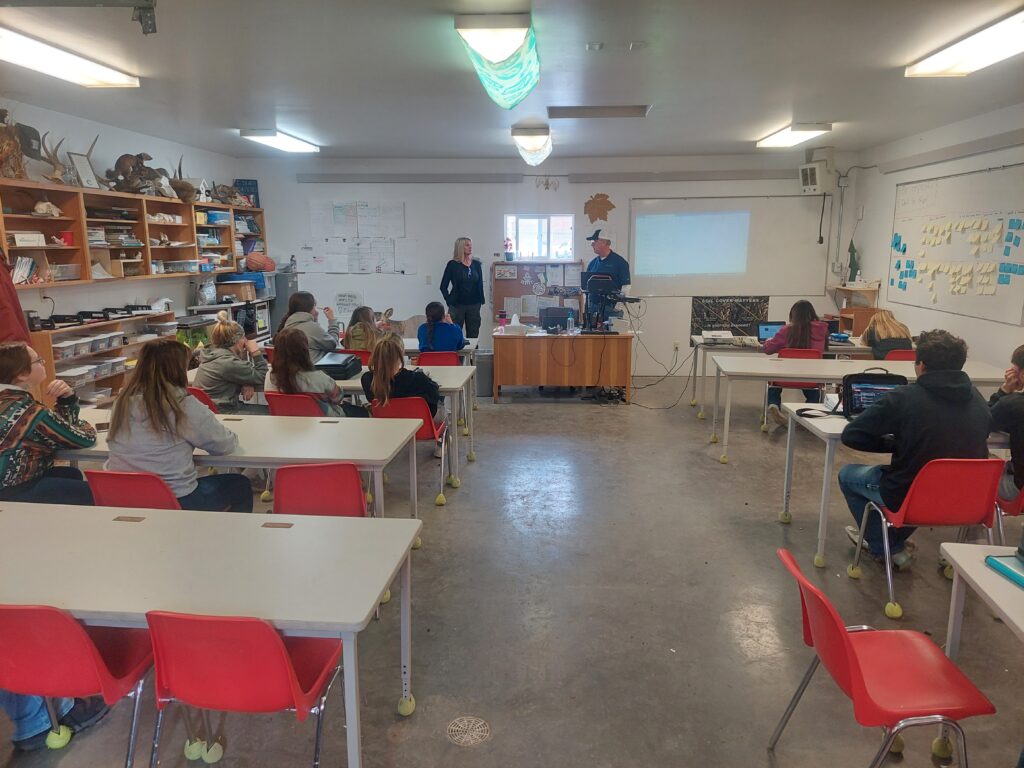
Teaching kids Solar Farms 101: How they work—and who works on them
A perfect example of this kind of career education is the work we just did in New Underwood, near our Wild Springs solar project about 20 miles outside of Rapid City, South Dakota.
The environmental science teacher at New Underwood High School reached out to our Wild Springs project manager, Chip LaCasse, about talking to his students about renewables. We jumped at that opportunity, and the two of us talked to the class about how solar farms work. There’s an obvious connection to the subject matter itself—bringing environmental science out of the textbook and into the real world—and the kids asked a lot of great questions.
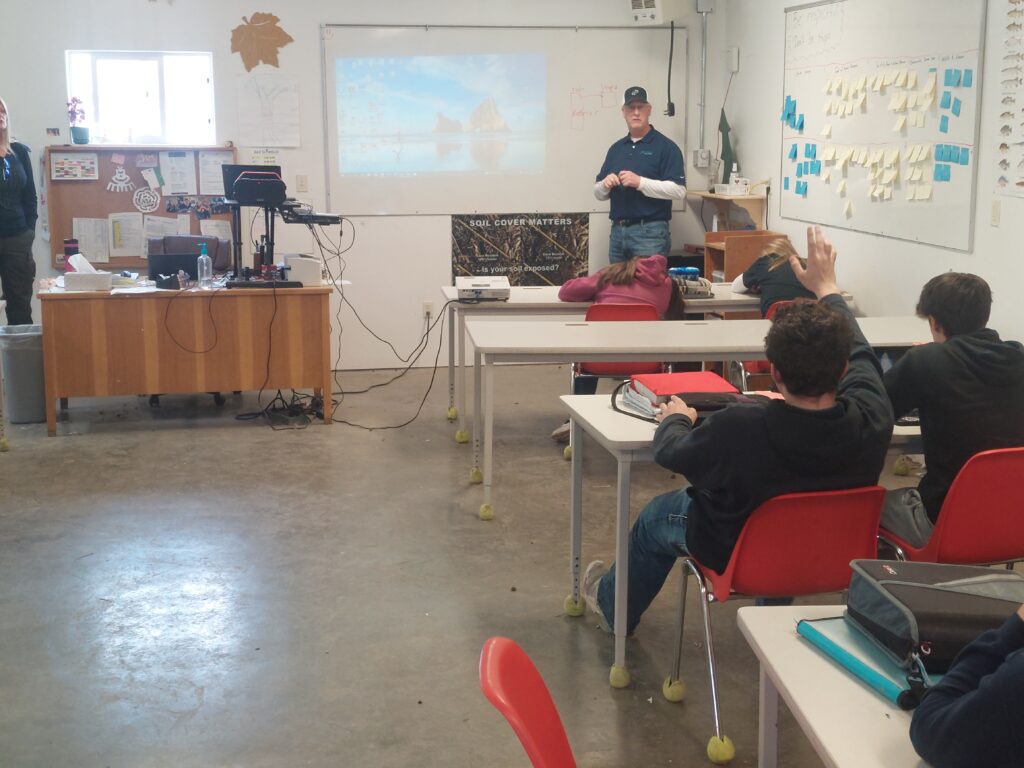
But this teacher is really focused on helping his kids think about what comes after high school—not just pushing four-year universities but showing them all their options. So, after that first visit, he asked us to come back to talk about careers in renewables.
This time we had a whole crew in tow: Chip, our project manager; a rep from Westwood Professional Services, our QA company, who flies drones to monitor the project site; and Ryan Mechaley, the project safety manager from Ames, our EPC partner. Ryan is from New Underwood and had past lives as a state trooper and volunteer firefighter. He was a familiar face to many of the kids, and he’d sat in the same chairs when he was in high school.
We talked about all the different departments in our company and the different roles on-site and in support: We have meteorologists on staff, we have engineers, we have IT, we have energy traders who work in almost a Wall Street-like environment. We also have people who handle purchase agreements, permitting, policy, and HR. The kids don’t normally see all this behind-the-scenes stuff, so they don’t realize all these jobs exist in renewables.
Getting students out of the classroom and onto the project site
Finally, we arranged a field trip for students to come out to the Wild Spring solar farm so they could see everything up close and in real life. The kids got to walk around. The drone pilot was taking pictures from above. We had lunch together afterward and the kids peppered us with more great questions. We’re planning to bring the students back in Spring 2024 when the site is fully operational, so they can see the full workings, inside and out.
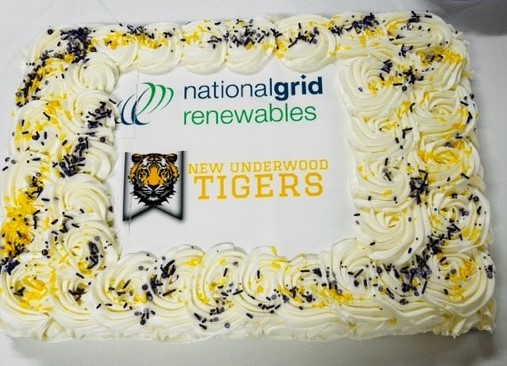
Finding opportunities to make an impact with more students
We’re eagerly looking for opportunities to do this kind of education and engagement at other projects, and in other schools, so we can make an impact with more students. We think it’s important that young people know about all the opportunities in renewables, and all the different ways they can apply their skills and their interests. And it’s also critical that they see what a career path might look like. On the one hand, there’s demand for extremely advanced degrees in STEM fields. But the path doesn’t have to include a four-year university or a college degree; there are lots of opportunities in the trades, through trade schools and learn-as-you-go training.
Just having the time and support to do this kind of volunteer work is a fantastic example of how National Grid Renewables really circles around our communities and practices what we preach about community-focused support. We’re not just donating money; we’re actively engaging with the community and working to become a part of the community that’s continuously adding value to their lives and livelihoods.
Opportunities in Engineering

